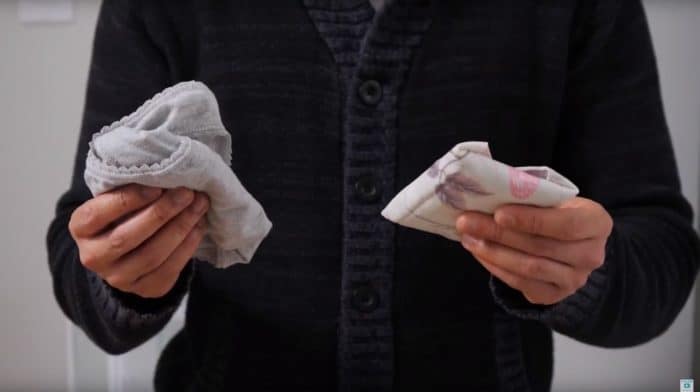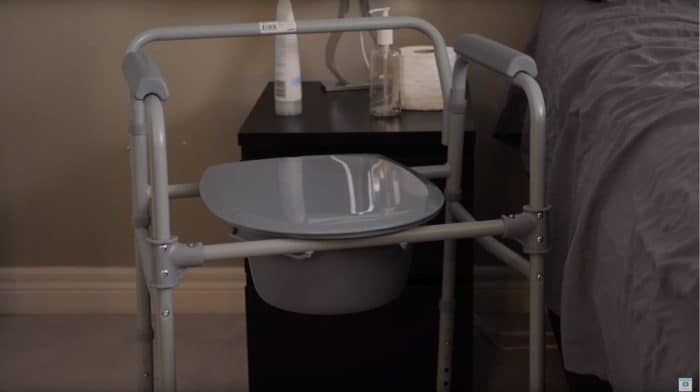How To Help Someone Having a Panic Attack
If someone you care for has a panic attack, he or she may become very anxious and not think clearly. You can help the person by staying calm, sticking around and do your best to be understanding, positive, and encouraging. If the person you’re caring for is prone to panic attacks, it’s important that you know how to recognize when one is coming on and what you should do in response. In this video, we’ll go over some of the symptoms of panic attacks and give you a few tips on how to help the person you’re caring for get through one.
Watching someone have a panic attack can be a very distressing experience, especially when you’re not sure what’s happening.
If the person you’re caring for is prone to panic attacks, it’s important that you know how to recognize when one is coming on and what you should do in response.
In this video, we’ll go over some of the symptoms of panic attacks and give you a few tips on how to help the person you’re caring for get through one.
A panic attack is an experience of feeling intense fear and terror even though the circumstances are not risky or dangerous. They usually come on suddenly and reach their peak within ten minutes. Panic attacks are often accompanied by physical symptoms similar to those of a heart attack, which can lead a person having one to feel like they’re dying.
Some common symptoms of panic attacks include:
Accelerated heart rate or heart palpitations
Uncontrollable trembling or shaking
Feeling dizzy, light-headed, or unsteady
Fear of going crazy or losing self-control
Numbness or tingling sensations
People who have a panic disorder or experience regular panic attacks will often do things to try to prevent them from happening and may avoid certain situations they think might be triggering or difficult to leave during an attack.
This could include driving, being a passenger in a car, or going out to public places where a crowd of people could be present.
If left untreated, panic attacks can have a profound impact on both the person experiencing them and their friends and family.
So, what should you do if the person you’re caring for starts to have a panic attack?
First, call 9-1-1. Although panic attacks generally reach their peak within the first ten minutes, there is a possibility that what they’re experiencing may be a heart attack, so it’s better to be safe.
While you wait for medical help to come, you can start applying what’s known as “crisis first aid”.
Move the person to a quiet, private location and have them sit down.
Encourage them to take long, slow breaths, in through the nose and out through the mouth. It can be helpful to demonstrate this for them yourself, as it will help to calm you down as well.
Ask them to tell you what’s going on, and listen to them without judging. Even if their fears seem unrealistic, remember that the person you’re caring for is experiencing them as real.
Calmly explain that they may be experiencing a panic attack and not something life-threatening. Reassure them that, if it is a panic attack, it will stop soon and they will fully recover.
Stay with them until medical help arrives, and continue to listen to their concerns and offer comfort.
Even if the paramedics confirm that it was a panic attack, it’s a good idea to suggest that the person you’re caring for sees their doctor for follow up.
Moving forward, try to emphasize the fact that there are effective treatments for managing panic attacks, like counseling or medication, and that there is no shame in seeking out help.
The better you’re able to recognize a panic attack, the easier it will be for you to guide the person you’re caring for through one. So be mindful of the symptoms, remain calm when you see them coming on, and use your crisis first aid skills to help them get through.
Be sure to subscribe and watch our other videos for additional caregiver support and resources.






